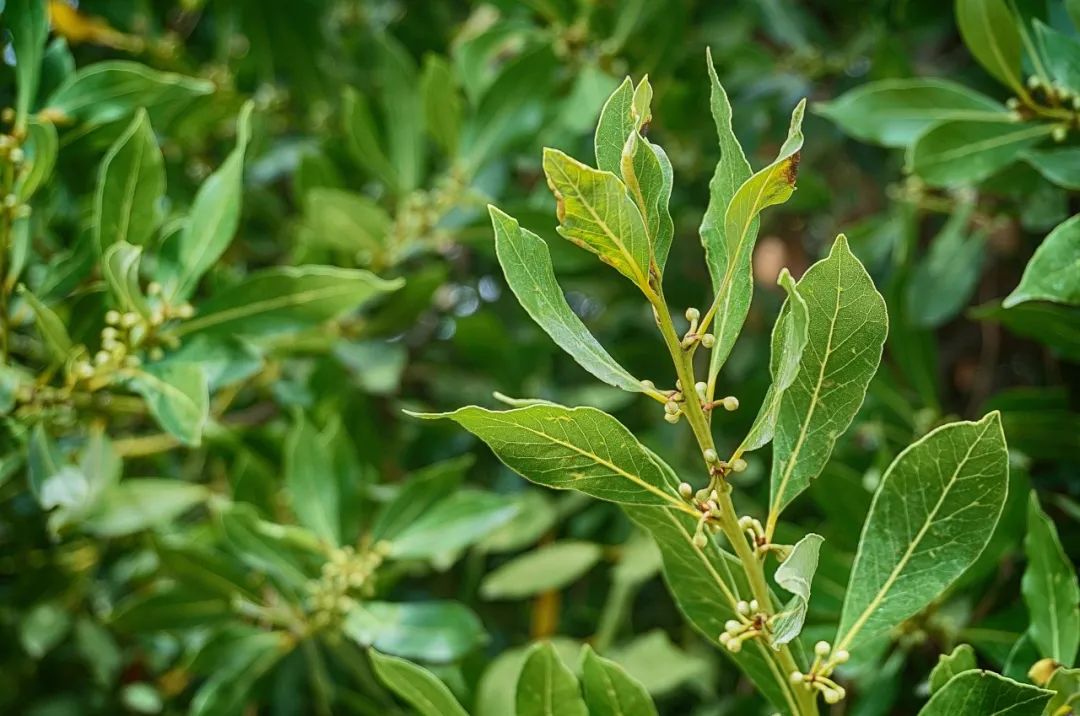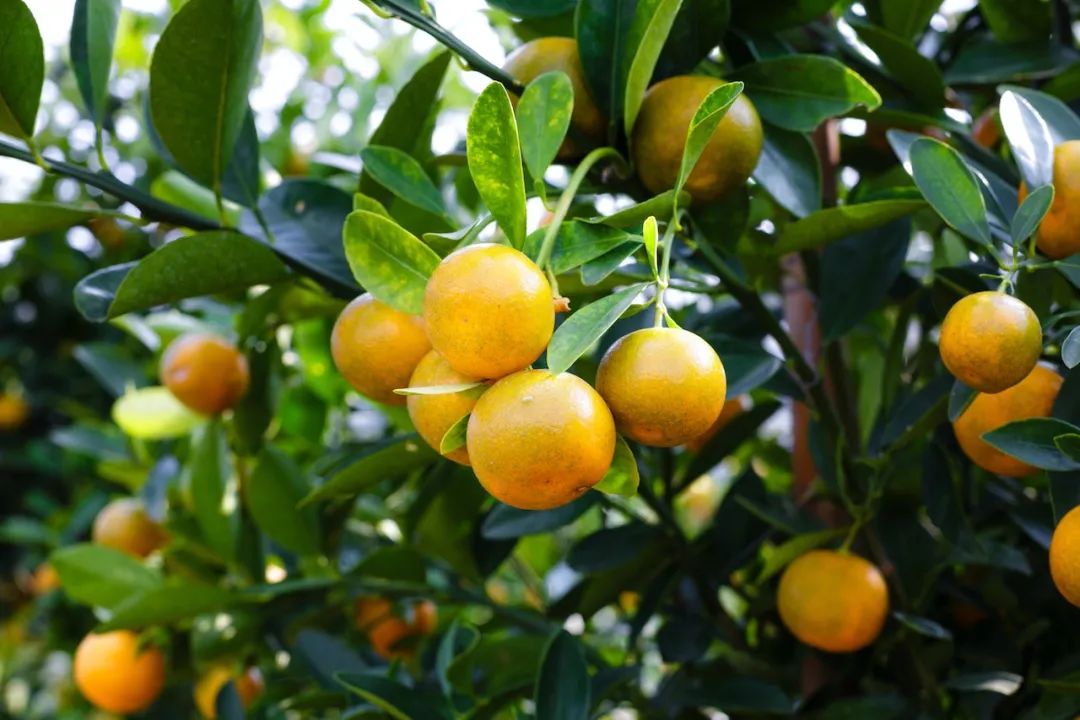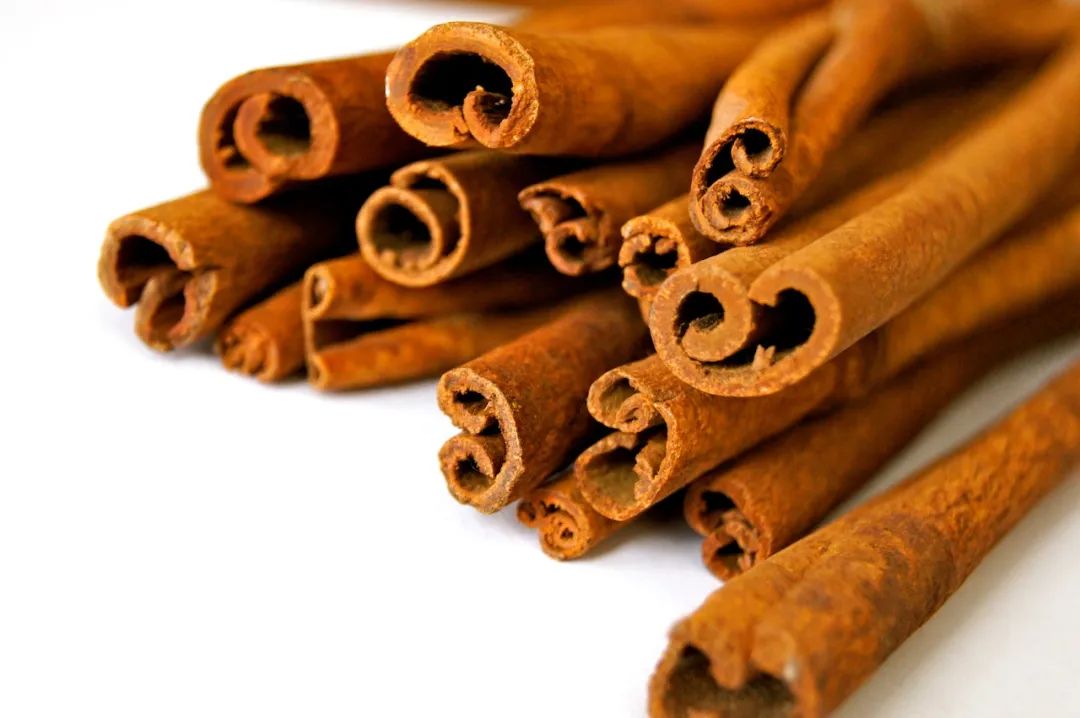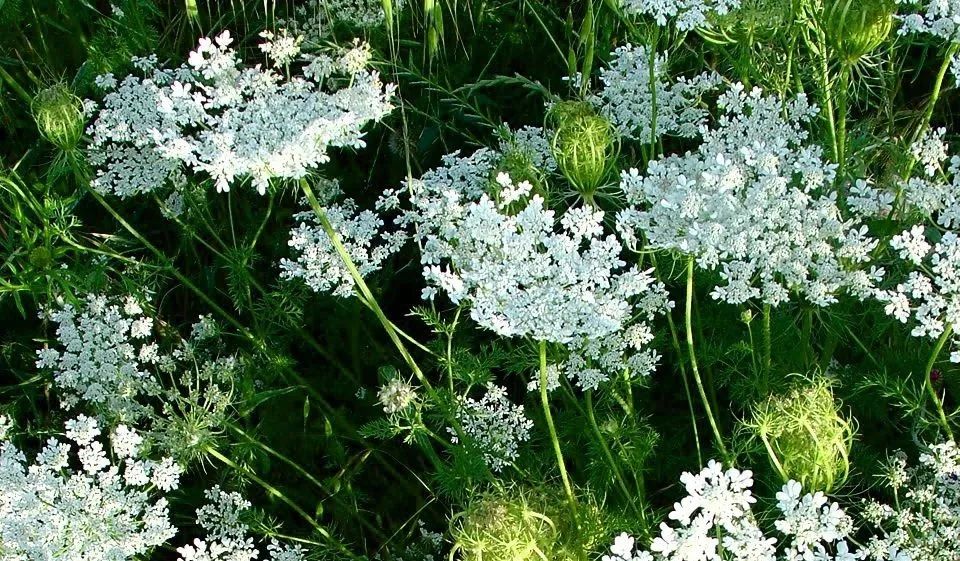2024年05月15日
荷索博士专栏 | 自然的防御力量–关于精油抗微生物效用的思考
作者:Dr. Malte Hozzel
在植物医学和芳香疗法领域,对微生物问题,我们有无数的答案。
大自然在几千万年的历史长河中已发展出相应的策略去应对数不清的微生物、细菌、真菌及寄生虫,没有这些策略的发展,地球上也不可能存在生命。
芳香疗法是现代植物医学的一个紧凑形式。得益于全球交往的日益频繁, 历史上第一次,我们能够直接接触到世界各地的传统疗愈宝藏,很多甚至只存在于家庭中用于日常照护及疗愈。我们得以用很多方式为健康负责,成为自己幸福的守护者。

精油能够抗微生物么?是的!
A.M. Giraud-Robert博士在2005年3于格拉斯举行的“芳香疗法和药物植物”研讨会上发表的一项临床研究证明了精油在乙肝和丙肝问题中的疗效。
所选的精油包括:
罗文莎叶
月桂
绿花白千层
侧柏醇百里香
参看https://www.originalswissaromatics.com/Liver-Rebuild-Magic
其它具抗微生物效用的精油:
檀香:可用于对抗微生物,尤其是皮肤问题、痤疮、皱纹、疤痕;
芫荽:是抗耳鼻喉或泌尿道问题的理想用油,可以基础油稀释后按摩。
高地牛膝草:对流感、支气管炎、各种耳鼻喉问题有很好的效果;
甜马郁兰:缓解耳鼻喉症状,也可用于皮肤问题,如带状孢疹,水痘或牛皮癣;
罗文莎叶:强大的抗菌抗微生物力,对流感、支气管及微生物相关皮肤问题、耳鼻喉等效用极佳;
茶树:疗效全面,在呼吸道等多层面具抗微生物特性;
柠檬等柑橘类精油:知名的“空气净化器”,抗菌抗微生物,非常适合家庭、办公室及医院扩香;
澳洲尤加利、史密斯尤加利、蓝胶尤加利:化痰,净化呼吸系统,用于鼻炎、鼻窦炎、中耳炎等。
参看:
https://www.doctissimo.fr/sante/aromatherapie/proprietes-des-huiles-essentielles/huiles-essentielles-antiseptiques-antivirales
来自的德国海登堡大学卫生研究所的一项研究表明:
“精油是复杂的天然混合物,主要成分如萜烯类和苯基丙烷类。尤加利、茶树、百里香精油及其主要成分,能够将微生物扩散性降低96%以上。”
参看:https://www.ncbi.nlm.nih.gov/pubmed/19653195

它们有何与众不同?
在过去的几十年中,精油之所以被科学家和医生一而再再而三的研究,是因为它们对各种微生物、细菌等的强大效用。这些微生物们已对传统抗生素产生耐药性。因此,在某种程度上,正是“抗生素危机”加速了我们重新认识自然的疗愈力。
据英国政府近期的报告预计,到2050年,每年可能有超过1000万人死于耐药性微细菌,并使世界经济蒙受100万亿美元的巨额损失。
参看https://healthyfocus.org/8-powerful-antibacterial-essential-oils/
下面来看40多位法国大学教授、医生、科学家联盟的研究成果:
“由于活性分子众多,几乎所有的精油都具不同程度的抗微生物特性,这些特性也已被记录和发表。如使用得当,它们可在广泛领域发挥作用……”
除了抗微生物特性外,科学家们的兴趣还在于如何利用它们的选择性和生物调节性,大多数精油不会影响天然肠道菌群……此外,某些含单萜烯或醛类的精油是绝佳的空间净化剂,不管是在手术室、重症监护室、生活场所还是病房,都能清洁空气,防止致病微生物的扩散。
参看:https://afedi.com/Documentation/Article/108
科学家们提到的具抗微生物作用的精油包括:
酚类(香荆芥酚,百里酚,丁香酚等):如野马郁兰,鼠尾草,百里酚百里香,丁香,神圣罗勒等
肉桂醛:如中国肉桂,锡兰肉桂等
单萜醇(牻牛儿醇,侧柏醇,沉香醇,萜品醇,薄荷脑等):如天竺葵,侧柏醇百里香,沉香醇百里香,花梨木,胡椒薄荷,薰衣草等
部分萜烯醛类(牻牛儿醛,柠檬醛等):如香茅,柠檬尤加利等
酮类(马鞭草酮,隐酮,薄荷酮):如隐酮多苞叶尤加利,胡薄荷等
下面是维也纳大学研究人员的发现:
“许多体外研究证实了精油及其成分的抗微生物能力。大多数精油在对抗I型和II型疱疹问题上具有很高的活性。”
上述精油来自:
树艾
蓝胶尤加利
松红梅
茶树
香蜂草
胡椒薄荷
鼠尾草
另外一些精油是:
洋葱
大蒜
芫荽
罗勒
牛至
平叶欧芹
这些主要用作香料,研究显示对I型唇疱疹也有较高的活性。
除此,一项针对60名年龄在12-75岁的患者的研究评估了不同精油的抗微生物活性。这些患者中包括50名丙肝携带者和10名乙肝携带者。所使用精油有:
罗文莎叶
格陵兰喇叭茶
胡萝卜籽
侧柏醇百里香
月桂
绿花白千层
永久花
这些精油既可单独使用,也可作为对抗疗法的有益补充。
参看:Mylene Combalot. L’Immortelle d’Italie (Helichrysum italicum) et son huile essentielle. Sciences pharmaceutiques. 2013

结论
芳香疗法是整体疗愈方式,无法用单一的科学调查、生物化学分析等来衡量,而是应以更广泛的视野来探究,包括药物植物和精油的微妙能量、个案的具体情况及他的“能量体”。
这一领域已经超过了严格的科学范畴,涉及到心理-情感和心理-精神数据、经验、实证等,这在不久的将来引领一个全新的整体医疗时代,这是基于对真正疗愈开创性的理解,物质(主要是食物和药物)、行为、能量、意识、个体、集体、精神朝着人类与人类社会的进化的方向共同努力。
(注:译文仅供学术交流,健康问题请咨询专业医师)
英文原文:
Nature’s Defense Agencies – Thoughts on Anti-Microbial Effects of Essential Oils
Posted by Dr. Malte Hozzel
In terms of plant medicine and Aromatherapy we have countless answers to microbial infections.
Nature has developed over dozens of millions of years her own strategies against countless viruses, bacteria, fungi, parasytes. Without these strategies evolution, yes, even life on Earth as a whole would not have been possible.
Aromatherapy is a modern version of plant medicine in its most compact form. We can truly say: For the first time in history – and this also due to our global connectedness – we all can have direct access to the traditional healing treasures of the world, many of them even present in our own home-pharmacy for powerful preventive self-care and self-healing. So, finally we can take responsibility in many ways for our own health, become our own guardians of personal well-being.

Are they really anti-microbial?
Yes, they are!
“A clinical study presented at the march 2005 “Symposium of Aromatherapy and Medicinal Plants” in Grasse by Dr. A.M. Giraud-Robert demonstrated the efficacy of essential oils in the treatment of Hepatitis B and Hepatitis C, Essential oils chosen for their antiviral activity were
Ravintsara
Bay Laurel
Niaouli
Thyme, chemotype thujanol-4
C.f. https://www.originalswissaromatics.com/Liver-Rebuild-Magic
And here a few more essential oils which have shown to be anti-viral in their effects:
Sandalwood: It is used for viral infections, especially of the skin, and acne, wrinkles, and scars.
Coriander: is ideal for fighting viruses that reach the ENT (ear, nose, throat) sphere or the urinary tract. Its application can be done by massage,.
Mountain Hyssop (Hyssopus decumbens): has shown to be interesting for the treatment of influenza, bronchitis and various ENT conditions.
Marjoram (Origanum majorana): efficient against viruses that affect the ENT sphere, and also for viral skin infections, such as shingles, chickenpox or psoriasis.
Ravintsara: Powerful anti-viral, anti-bacterial agent. Works wonders in case of flue, bronchial infections, viral skin problems, ENT infections.
Tea Tree: famous for its allround properties and its strong anti-infectious energy on many levels including the respiratory tract.
Lemon and other citrus-oils: famous for their purifying capacity as an “air cleaner”, anti-bacterial and anti-viral. Very efficient to be used in a diffuser at home or in office. In hospitals it should be mandatory.
Eucalyptus – type radiata, smithii, globulus are all highly expectorant and clearing for the respiratory system. Good in case of rhinitis, sinusitis, otitis.
A study from the reputed Department of Virology, Hygiene Institute, University of Heidelberg, Germany, explained that
“Essential oils are complex natural mixtures, their main constituents, e.g. terpenes and phenylpropanoids, being responsible for their biological properties. Essential oils from Eucalyptus, Tea tree and Thyme and their major monoterpene compounds…were able to reduce viral infectivity by >96%.”
C.f. https://www.ncbi.nlm.nih.gov/pubmed/19653195

What do they have so “extra”?
The reason why essential oils have come “under the microscope” of research scientists and medical doctors over the last few decades is because of their immensely powerful action – as we have seen – against various pathogenic germs, including viruses, fungi – and bacteria which by standard means of modern allopathic approaches have proven to become resistant against a large variety of anti-biotics. So, in a sense it is the “crisis of anti-biotics” which has – at least to some degree – accelerated our return to Nature’s pharmacy.
A recent British report commissioned by the Government has estimated that by the year 2050 drug resistant bacteria may cause in excess of 10 million deaths each year as well as costing the world’s economy an astronomical figure of $100 trillion.
C.f. https://healthyfocus.org/8-powerful-antibacterial-essential-oils/
And then read this here from a consortium of over 40 University professors, medical doctors, and research scientists from France, the home country of modern Aromatherapy:
“Thanks to their many active molecules, almost all essential oils are found to be anti-infectious to varying degrees. Their antibacterial, antiviral and anti-fungal properties are widely described and published. If used well, the most powerful of them offer a wide field of action in the event of infections…“
Even more than their “anti-biotic ”properties, the scientific interest is in knowing how to use their selective and regulatory “eu-biotic” virtues. Most of the essential oils indeed respect the natural intestinal flora….. In addition, certain essential oils containing monoterpenes or aldehydes prove to be excellent atmospheric sanitizers, capable of cleaning the air and fighting against the proliferation of pathogenic germs, whether in the operating room, in the intensive care units, places of life or sick rooms.
https://afedi.com/Documentation/Article/108

And here we are with a few more representatives of Nature’s Pharmacy
The essential oils mentioned by this team of experts from France and recognized as the most anti-infectious are those containing:
phenolic molecules (carvacrol, thymol, eugenol…) – i.e. Oregano, Savory, Thyme, Clove, holy Basil…
cinnamic aldehyde – i.e. Cinnamon, Cassia…
terpene alcohols (geraniol, thujanol, linalool, terpineol, menthol …) – i.e. Geranium, Thyme thuyanol-4, Thyme linalool, Rosewood, Peppermint, Lavender…
certain aliphatic aldehydes (geranial, citronellal …) – Lemon Balm, Citronella, Eucalyptus citriodora…
ketones (verbenone, cryptone, menthone…) – i.e. Eucalyptus polybractea kryptone type, Pennrroyal…
And here what researchers at the University of Vienna/Austria write:
“Many in vitro studies confirm the antiviral activity of essential oils and their ingredients. Most essential oils and individual substances were evaluated against Herpes Simplex Virus Type 1 and Type 2 and show a high antiviral activity:
Essential oils from:
Artemisia arborescens
Eucalyptus globulus
Leptospermum scoparum
Melaleuca alternifolia
Melissa officinalis
Mentha piperita
Salvia officinalis
And some essential oils from:
Allium cepa
Allium sativum
Corriandrum sativum
Ocimum basilicum
Oreganum vulgare
Petroselinum sativum
which are mainly used as a spice, show a strong activity against Herpes Simplex Virus Type 1.
Or this here:
A study (72) carried out on 60 patients (women and men between 12 and 75 years old) comprising 50 carriers of chronic hepatitis C (HCV) and 10 carriers of chronic hepatitis B (HBV) evaluated the antiviral activity of different essential oils, such as
Ravintsara
Greenlandish moss
Carrot
Thyme thujanol
Bay leaf
Niaouli
Helichrysum
These essential oils have been used either as monotherapy or in addition to allopathic treatment.
C.f. Mylene Combalot. L’Immortelle d’Italie (Helichrysum italicum) et son huile essentielle. Sciences pharmaceutiques. 2013

So, to conclude on this short overview
Aromatherapy works in a very holistic way. Most of its amazing healing effects can often not be traced back to simple scientific investigations, bio-chemical analyses etc. but necessitate a broader spectrum of vision. This vision has to include the subtle energy part of the medicinal plant world and its essential oils as well as the very individual and unique situation of each patient – and of his “energy body” as well.
This area – beyond scientific proof in the strict sense – is not less scientific in a larger sense and involves psycho-emotional and psycho-spiritual data, experiences, testimonials etc. which will lead in the nearer future to a new era of holistic medicine – based on a very much needed ground-breaking understanding of real healing, where matter (mainly food and medicine), behaviour, energy, consciousness, individual and collective, and Spirit all work together in ONE direction: EVOLUTION OF MAN AND HUMAN SOCIETY.
